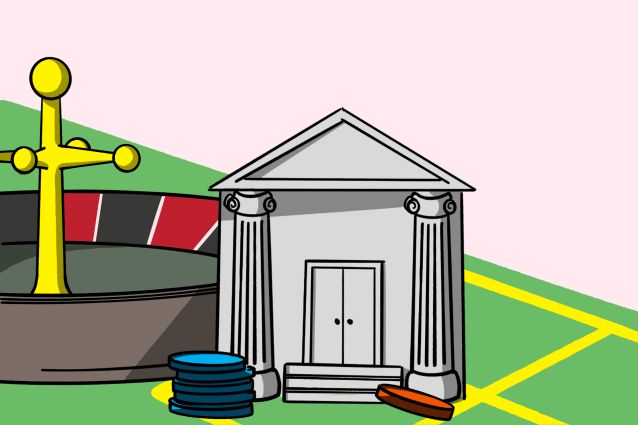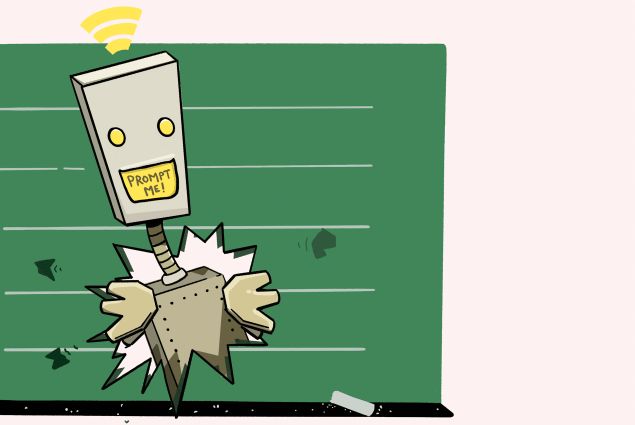Our media world has changed immeasurably over the past few decades. Today anyone can create and spread fake images, videos, or social media accounts, and any of us may share bad information with our family and friends. Not only do we need new tools for verifying what we see online, our old media literacy tools may sometimes lead us astray. A single glance is enough to see the difference between the New York Times and the National Enquirer, but every tweet, TikTok video or Google search result looks the same.
While critically engaging with media is as important now as it was when media literacy was first introduced to the curriculum in the 1980s, therefore, to keep from being overwhelmed we need to first find out whether a source is worth our critical attention.
To fix this, we need not only to teach young Canadians how to verify what they see online but to get them into the habit of doing it. Like buckling a seat belt, to become a habit something has to be quick and easy enough to do it every time. That’s why each of the four steps in MediaSmarts’ “Break the Fake” program can usually be done in less than a minute, and most of the time we’ll get our answer by doing just one:
• Use fact-checking tools
• Consult other sources
• Find the original source
• Verify the source
The easiest way to verify information is to see if a fact-checking site has already done it for you. But we can also cast a wider net to find out the context and consensus: do reliable sources agree that something really happened, and do they mostly report the same facts? Does what you’ve seen fit with the consensus of experts in the field?
Instead of judging something based on who shared it, we need to find the original source. If it isn’t one we recognize as being reliable, a search engine or Wikipedia will help us verify it. Does it have a track record of confirming information and correcting mistakes? Does an expert have credentials in the right field?
The goal of the Break the Fake program is not just to teach students to debunk misinformation but to find out what is true online. Rather than being overly credulous, many youth are cynical about reliable and unreliable sources alike. “Digital natives” feel unable to use the technology they’ve grown up with to find information, or else skip verifying altogether and hope for the best – leaving them easy prey for scams, conspiracy theories and industry “astroturfing” campaigns.
Misinformation is a big problem, but it is one we can solve. By taking a few quick, easy steps to verify what we see online – and making a habit of doing it every time we’re about to share or act on something – we can all help to break the fake.







